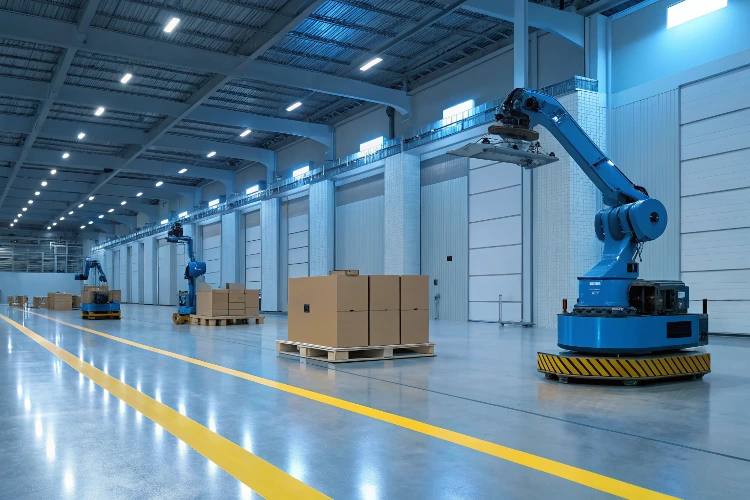Amazon Deploys New Warehouse Robots in Japan

In a strategic move to enhance supply chain efficiency and tackle labor challenges, Amazon has begun deploying a new fleet of advanced warehouse robots across its fulfillment centers in Japan. The initiative reflects Amazon’s continued investment in robotics and automation, aimed at streamlining last-mile logistics and scaling operations in one of Asia’s most tech-forward markets.
Introducing the Next Generation of Warehouse Automation
The newly introduced robots—codenamed “Sequoia” and “Digit”—represent a significant leap in Amazon’s warehouse robotics strategy. Developed in collaboration with Amazon Robotics and third-party robotics firms, these machines are designed to work safely alongside human associates, performing repetitive tasks such as item picking, bin relocation, and inventory sorting with enhanced accuracy and speed.
Key features include:
-
360° obstacle detection with AI-powered pathfinding
-
Articulated limbs for item handling in confined spaces
-
Real-time sensor fusion for dynamic object recognition
-
Collaborative workflow integration with human workers
Addressing Japan’s Aging Workforce and Labor Shortage
Japan, facing a rapidly aging population and a shrinking labor pool, has become an ideal testbed for automation-led warehousing. By deploying robots in its Japanese facilities, Amazon aims to reduce dependency on manual labor during peak demand periods—while improving workplace safety and ergonomic conditions for its employees.
The robots are currently operational in fulfillment centers in Chiba, Osaka, and Kanagawa, with plans for nationwide expansion by 2026.
Human-Robot Collaboration: Augmentation, Not Replacement
Amazon emphasizes that these robots are built for collaborative augmentation, not full automation. Workers continue to oversee operations, manage exceptions, and perform tasks that require fine motor skills and decision-making—while the robots handle high-volume, repetitive workloads.
This “human-in-the-loop” approach ensures both scalability and workforce resilience, aligning with Amazon’s broader operational ethos of enhancing—not eliminating—human productivity.
Logistics Optimization and Data Intelligence
The integration of robotics also feeds into Amazon’s broader logistics intelligence framework, allowing:
-
Real-time inventory tracking and demand forecasting
-
Dynamic route optimization for delivery networks
-
Predictive maintenance for robotic systems
-
Seamless coordination between fulfillment, packing, and dispatch zones
These advancements aim to cut delivery times, reduce operating costs, and elevate customer satisfaction—especially in high-density, urban regions of Japan.
Global Implications and Competitive Edge
Japan marks a pivotal phase in Amazon’s global automation roadmap. While robotic deployments have already transformed U.S. and European centers, the success of the Japan initiative could serve as a model for expansion into other Asian markets including South Korea, Singapore, and India.
Analysts view this move as a direct response to rising competition from local logistics players and e-commerce giants who are similarly investing in smart warehouses.
